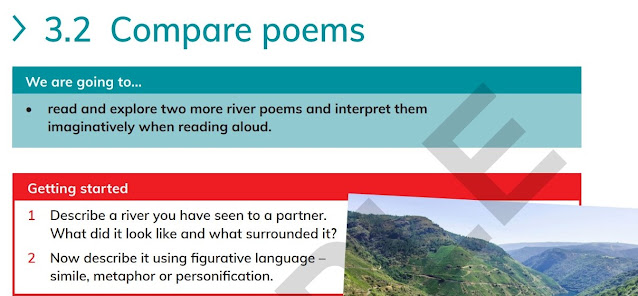Composition: Traditional Tale (Thursday; 19/11)
K: Know the definition of traditional tale.
U: Understand the elements of traditional tale.
D: Identifying the traditional tales.
Words of the Day
1. Traditional
2. Myth
Recap Time
Do you still remember the 5 plot sequences?
1. Exposition/Introduction - Introduces the characters, scenes, and parts of the story.
2. Rising action - Slowly builds up tension or problems and introduces conflict.
3. Climax - The most intense part/moment of the story.
4. Falling action - Problem is slowly being solved. The story is almost ending.
5. Resolution/Ending - Problem is often solved. Story ends.
What is Traditional Tale?
A traditional tale is a story that's been told and repeated for many years until it becomes well-known and embedded in the culture. These narratives are also called 'fairy stories' or 'fairy tales', especially when they involve magical elements.
A lot of traditional tales have different versions. Sometimes these versions are created to make it appropriate for many different cultures, ages, and races.
Elements of Traditional Tale
1. Characterization
- Characters are flat.
- Usually very good or very bad with most characteristics exaggerated.
- The hero and heroine are usually young.
- The heroine is usually fair, kind, charitable, and caring.
- The hero is usually honorable, courageous, unselfish, and caring.
- Both usually have special abilities or powers.
- Place is described easily and briefly (humble cottage, magic kingdom) that fits the typical geography of the culture or it is not mentioned but assumed.
- Time is in the past (usually long-ago) imbedded within the history of the culture.
- Time is fantasy time (Once upon a time sets the stage and They lived happily ever after closes the tale.) any time or any place, timeless or placeless, or long long ago.
- Very simple, though interesting.
- Is full of action and follows specific and simple patterns.
- Usually universal truths, lessons, and values related to people, their actions, and/or material goods that is valued by the group that creates the folktale.
- Often the tales tell what happens to those who do not obey the groups traditions.
- Descriptions are quick and to the point.
- Sometimes uses a lot of imageries.
- Good versus bad/evil
- Reflection of human strengths, frailties, weaknesses, or imperfections.
- Reader is lead to new insights and/or understandings.
- Often third person narrative. Could be first.




ahhhhhhhhhhhhhhhhh
ReplyDeleteThis comment has been removed by the author.
Deletecool
ReplyDelete?
ReplyDeleteIM PICKLE RICK
ReplyDeleteBtw its ch4ristian here idk why it says unknown
ReplyDelete